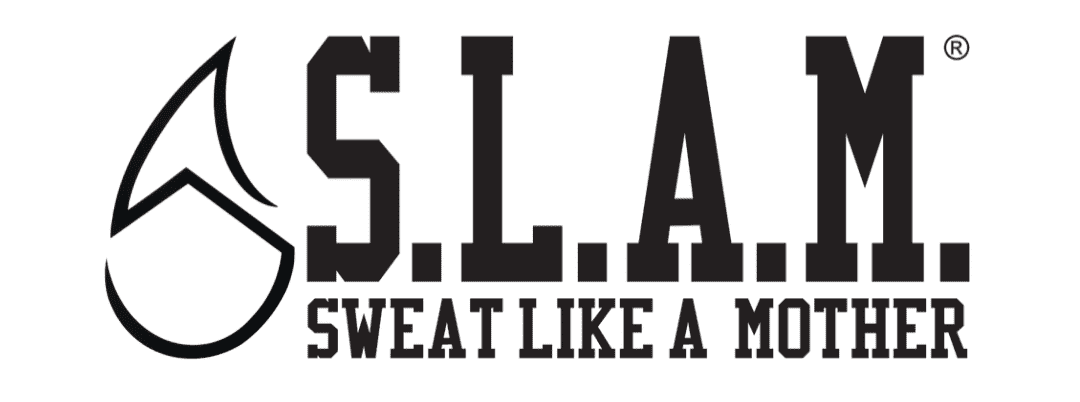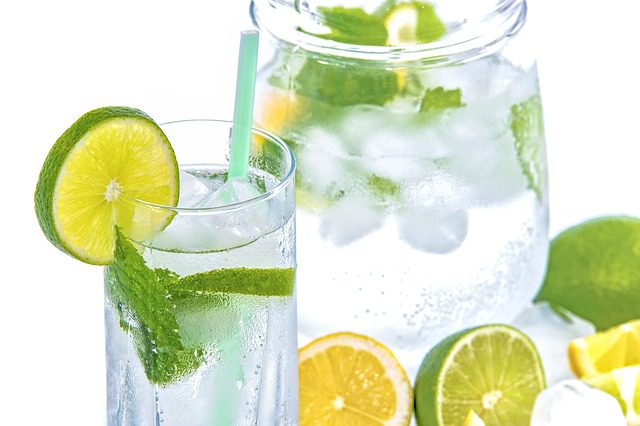We have a fact-based article for you this month so you can easily access all the facts about water. Grab a water bottle – reading about water is bound to make you thirsty.
Our diets consist of six main nutrients: water, carbs, fat, protein, vitamins, and minerals. We consider the carbs, fats, and proteins macro-nutrients because we need them in larger quantities – grams – compared to the micro-nutrients, vitamins and minerals, which we take in smaller amounts, milligrams or less. However, we need water in liters, not grams. It is the most essential nutrient in our diet.
Roles of Water
The majority of our make-up as humans is water. Our bodies need more water than any other nutrient – 50 times more than protein! Why do we need all this water hanging around in our bodies? Water has many roles in the body, including:
- Carrying nutrients throughout the body
- Cleansing the tissues and blood of wastes
- Participating in many chemical reactions of metabolism
- Lubricating the joints
- Maintaining body temperature
Symptoms of Dehydration
Because water is so important, we need to maintain a good water balance. Dehydration is an example of water imbalance – it’s a loss of water. Dehydration can stem from illness, but it is most often related to an insufficient intake. Dehydration can lead to a whole slew of problems including, but not limited to:
- Headache
- Fatigue, decreased mental functioning
- Impaired physical functioning and athletic performance
- Constipation
- Dental disease
- Thirst (duh!) – thirst is an indication of not enough water on board. It can also manifest itself as hunger – any signal to get you to consume water!
You can see that some of the typical “momming” symptoms – forgetfulness, fatigue, headaches – can be linked to dehydration and could be improved with a consistent and adequate intake of water.
Water Requirements
Adequate? How much water do we need? Well, that depends…there are several factors that play into how much water you, your unique self, needs. For a baseline though, women need 11.5 cups or 2.7 liters or 91 ounces (round up to 3 Nalgene bottles for extra credit) each day according to the National Academies of Sciences, Engineering, and Medicine. Women who are breastfeeding need 13 cups or 3.1 liters – maybe even more.
The other factors that play into water requirements include:
- Climate and environment – cold weather, hot weather, humidity, altitude, forced-air environments such as air planes
- Exercise frequency, intensity, and duration
- Your dietary intake of fiber, and increased intake protein, salt and sugar
- Your sweaty-ness or sweat rate
- If you sweat a lot during workouts, you can track your loss by weighing yourself naked (so do this in private) before your workout and afterwards. The amount of weight loss translates to 16 ounces of water per pound lost. Make sure to subtract what you drank during your workout.
- For example, if you lose 2 pounds of sweat during your workout, that is 32 ounces of water. If you drank 16 ounces of water during your workout, you would calculate your total water loss as 48 ounces. This is what you would need to replace IN ADDITION to the 91 ounces you should be drinking daily.
If you’re far from the goal of 2.7 liters/91 ounces of plain water per day, you can get there by increasing incrementally. Try adding about 10 ounces of water per day per week. Let’s say you’re at 64 ounces (really nailing the 8 glasses 8 times per day arbitrary goal), it would take you about three weeks to get to 91 ounces per day. Start on Monday of Week 1 with 74 ounces each day, increasing to 84 ounces on Monday of Week 2, and hitting your goal of 91 ounces per day on Monday of Week 3.
How to Reach your Water Intake Goal
There are so many ways to help you meet your water goals! You could:
- Set a timer on your phone to alert you to drink EMOM style – but every hour on the hour rather than every minute.
- Designate a daily pitcher of water you need to consume each day. Leave it on the counter so you know to refill your water bottle until the pitcher is empty.
- Count your Nalgenes (this is my go-to) – Get through at least 3 refills of your 32-ounce Nalgene (or Hyroflask or Thermos or Contigo or CamelBak) each day.
- Decide which way you like your water and stick with that: ice cold or room temp or warm, do you like to sip it or chug it, drink with meals or in between? When you find your jam, it’s easier to stick with your goal.
Whew…this is A LOT of info about water! Who knew such a simple subject could be so complex? I’ll leave you with two more tid-bits…
- Avoid taking in too much water. It can lead to hyponatremia – where the balance is off in the opposite of dehydration and it can interfere with your electrolyte balance. This is a rare occurrence, but it is more common with endurance athletes. If you’re marathon training – make sure to get enough water, but not too much – especially during a run!
- Multiple factors play a role in specific hydration requirements. However, you can generally assess your hydration level by the color and smell of your urine – consistent light lemonade to pale and without a strong odor. You may have fluctuations in the morning and after exercise – so check the toilet before you flush. Which is a good idea anyways since you never know when some sweet toddler decides to play Lego boats in the toilet!


Recent Comments